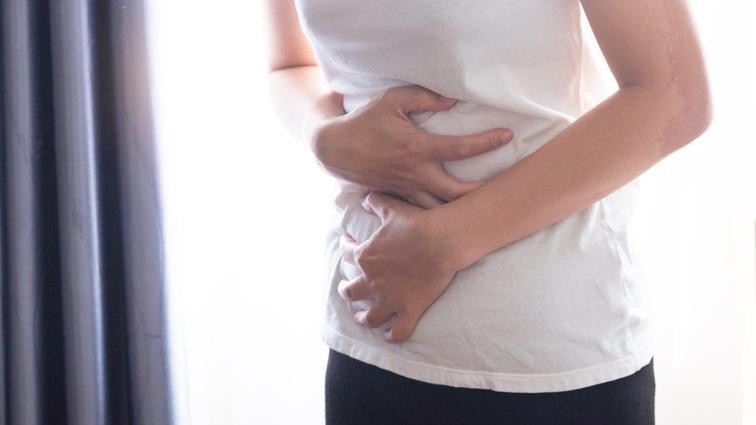Gut health has become a hot topic – and for good reason. A healthy gut is essential for overall well-being, but how can you tell if yours is in top shape or needs a reset? It all comes down to your gut microbiome, which influences everything from digestion and skin health to mental well-being. It’s a common topic of discussion on popular forums, and being bloated is one of the common signs for detecting a poor gut microbiome, according to online discussions. The gut microbiome consists of trillions of microorganisms, including bacteria, viruses, and fungi, living primarily in the large intestine. These microbes play a crucial role in breaking down food, supporting immune function, and controlling inflammation. They also produce important metabolites like vitamins, enzymes, and hormones, according to microbiome expert Gail Cresci from Cleveland Clinic.
Think of your gut microbiome as “little pets living inside your intestinal tract,” Cresci told CNET in 2023. What we eat feeds them, and our internal environment dictates how well they thrive. As data on the gut microbiome becomes clearer, there are a few basic tips you can follow to keep it as healthy as you can. “If you’re bloated or you have lots of gas, you may have a disrupted composition and function of the gut microbiome,” Cresci said, adding that the only way to know for sure is to have it measured. Other signs of an unhealthy gut may include vomiting or stomach upset, fatigue, trouble sleeping, food intolerance, and other symptoms. Skin irritation or problems may be one particularly visible sign, as some research links skin issues like acne and psoriasis to the gut. Researchers are also looking into how it impacts reproductive health and hormone levels.
It’s important to see a doctor to get to the root cause of your health concern and rule out other conditions. Making changes to your diet or routine that may improve your gut, and your overall health is a good first step. It’s also important to keep in mind that there’s no exact standard for the perfectly healthy gut microbiome, Cresci said, since everyone’s composition is so different. Bearing that in mind, here are four things you can do to help keep it on the right track. The gut microbiome prefers foods we can’t digest. This includes foods with a lot of fiber, such as fresh fruits, vegetables, whole grains, legumes, seeds, and nuts; foods we already know we should eat for their nutritional properties. According to Cresci, foods to remove from your gut, or eat in lower amounts, include foods high in sugar and fat and low in fiber. “These are all associated with the consumption of a Western diet, which is also associated with a disrupted microbiome,” she said.


